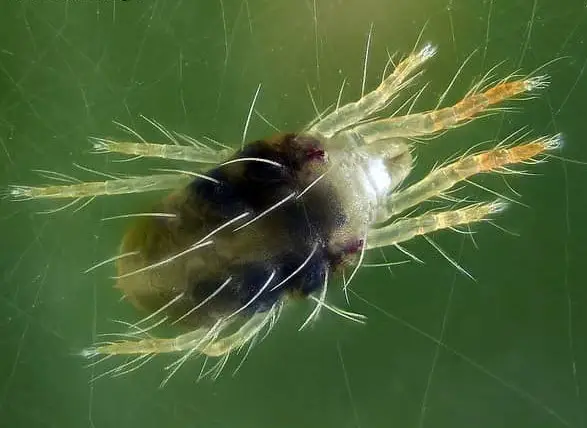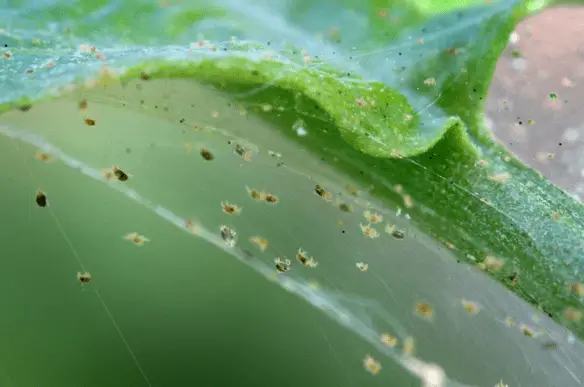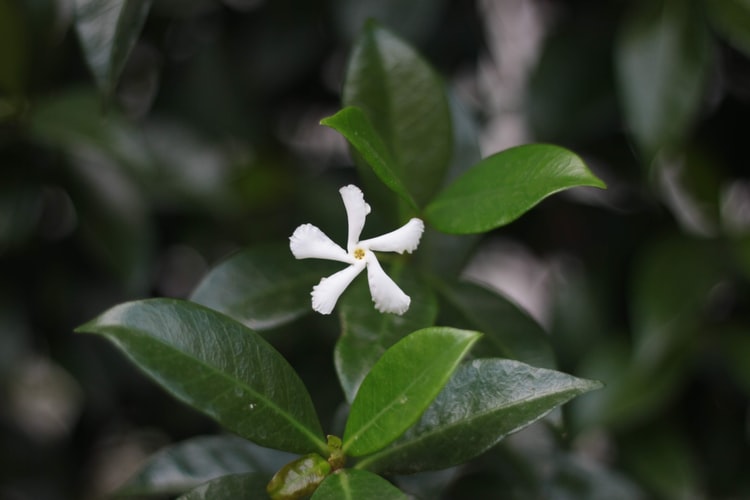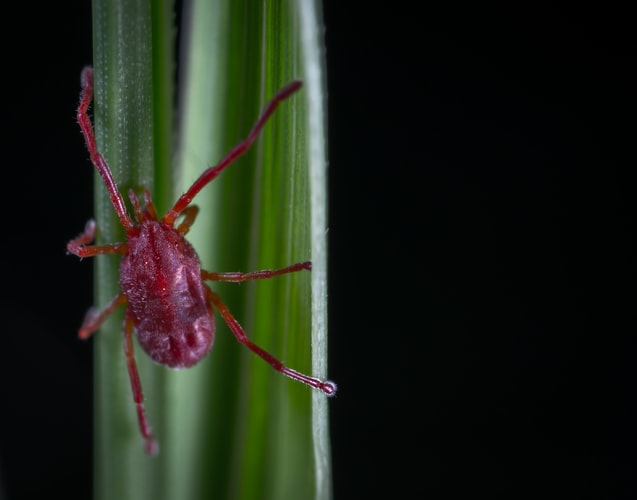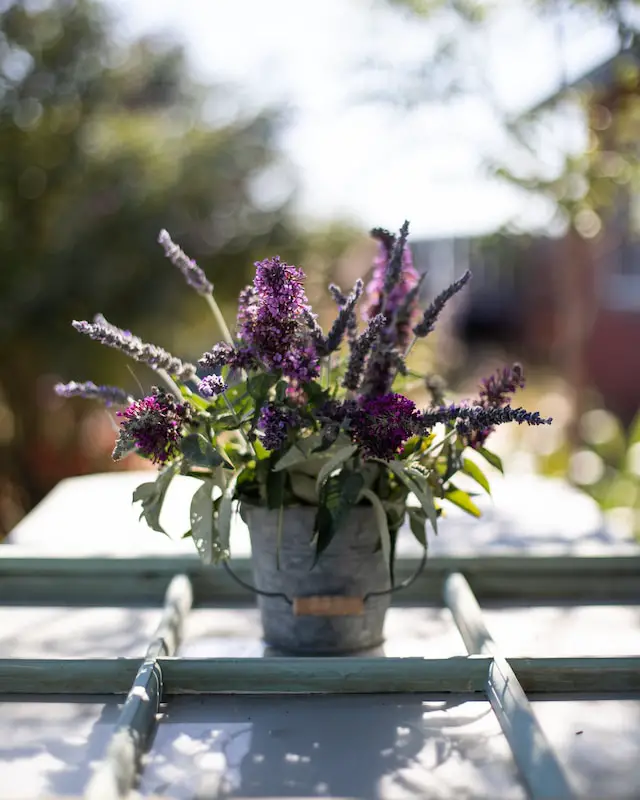
Butterfly bushes (Buddleja spp.) are popular flowering shrubs known for their vibrant blooms and ability to attract butterflies. However, if you notice that the leaves of your butterfly bush are turning yellow, it may be a sign of an underlying issue.
In this article, we will explore the possible causes of yellowing leaves on butterfly bushes and provide helpful solutions to restore their health.
Possible Causes of Yellowing Leaves
There are several reasons why the leaves of your butterfly bush may be turning yellow. It’s important to identify the cause to effectively address the issue. Here are some common causes:
| Cause | Description |
|---|---|
| Lack of sunlight | Butterfly bushes require full sun to thrive. If they are not receiving enough sunlight, the leaves may turn yellow. |
| Overwatering | Excessive watering can lead to root rot and nutrient deficiencies, causing the leaves to yellow. |
| Underwatering | Insufficient watering can result in drought stress, causing the leaves to turn yellow and wilt. |
| Nutrient deficiencies | A lack of essential nutrients, such as nitrogen, iron, or magnesium, can cause yellowing leaves. |
| Pest infestation | Insect pests like aphids or spider mites can feed on the leaves, causing them to yellow and distort. |
| Disease | Fungal or bacterial diseases, such as powdery mildew or leaf spot, can cause yellow spots or patches on the leaves. |
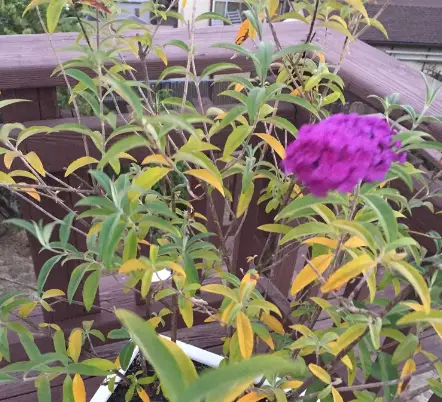
Solutions to Yellowing Leaves
Once you have identified the cause of the yellowing leaves on your butterfly bush, you can take appropriate measures to address the issue. Here are some solutions:
1. Sunlight
Ensure that your butterfly bush is receiving at least 6-8 hours of direct sunlight per day. If it is planted in a shady area, consider transplanting it to a sunnier location.
2. Watering
Water your butterfly bush deeply but infrequently. Allow the soil to dry out slightly between waterings to prevent overwatering. Use a well-draining soil mix to avoid waterlogged roots.
3. Nutrient Management
Ensure your butterfly bush is receiving adequate nutrients by fertilizing it with a balanced slow-release fertilizer. Pay attention to the specific nutrient deficiencies identified, and use targeted fertilizers or amendments to address them.
4. Pest Control
Inspect your butterfly bush regularly for signs of pest infestation. If you notice aphids, spider mites, or other pests, use organic insecticidal soap or neem oil to control them. Prune and dispose of heavily infested leaves or branches.
5. Disease Management
If your butterfly bush is affected by a fungal or bacterial disease, remove and destroy the infected leaves or branches. Apply a fungicide or bactericide according to the product instructions to prevent further spread of the disease.
Remember to always follow the instructions on any products you use and consult with a local gardening expert if you are unsure about the best course of action for your specific situation.
Frequently Asked Questions
Q: Can I prune my butterfly bush to encourage new growth?
A: Yes, pruning your butterfly bush can help stimulate new growth and improve its overall health. It’s best to prune in early spring before new growth begins. Remove any dead or damaged branches, and shape the bush as desired.
Q: How often should I fertilize my butterfly bush?
A: Fertilize your butterfly bush once in early spring and again in mid-summer. Use a balanced slow-release fertilizer specifically formulated for flowering shrubs. Follow the package instructions for application rates.
Q: Can I grow a butterfly bush in a container?
A: Yes, butterfly bushes can be grown in containers. Choose a large container with good drainage and use a well-draining potting mix. Place the container in a sunny location and water regularly to keep the soil moist but not waterlogged.
Additional Tips for Butterfly Bush Care
To ensure the overall health and vitality of your butterfly bush, consider the following tips:
- Prune your butterfly bush annually to maintain its shape and promote better airflow.
- Remove spent flowers regularly to encourage continuous blooming.
- Apply a layer of organic mulch around the base of the plant to help retain moisture and suppress weed growth.
- Monitor for signs of stress or disease, such as wilting, yellowing leaves, or unusual spots, and take appropriate action promptly.
- Consider planting companion plants that attract butterflies and provide additional nectar sources, such as coneflowers (Echinacea) or bee balm (Monarda).
By following these care tips and addressing any issues promptly, you can enjoy a healthy and vibrant butterfly bush in your garden.
Conclusion
By addressing the underlying cause of yellowing leaves on your butterfly bush and providing the necessary care, you can help restore its health and beauty. Enjoy the vibrant blooms and the fluttering butterflies in your garden!
For more gardening tips, make sure to subscribe to our free weekly newsletter and follow us on our socials:

